With technology rapidly changing the way we live, many zoos have been looking to incorporate this technology into their facilities. One popular example is the San Diego Zoo, which has allowed visitors access to google maps for a detailed look at their habitat areas.
Many people fail to understand the true purpose of a zoo. Although zoos are often described as places where people come to see wild animals, they were created to benefit humans. Zoos serve three primary purposes: conservation, education, and entertainment.
With such a wide range of goals to accomplish, it is no surprise that many zoos have started using modern technology to provide better services for visitors all around the globe. This post will explore just how different institutions innovate with new technologies to offer their visitors more immersive experiences along with higher-quality information about each animal they meet.
This blog post will explore how different zoos use technology to enhance their customer experience by allowing visitors to view different species in 3D with Google Earth or let them explore a rainforest on an iPad.
Five years ago, most zoos were enclosing animals in small spaces with little to no engagement, enrichment, or interaction with the public. Meanwhile, many patrons were uninterested in zoos due to declining quality and high costs. Fortunately, times have changed.
The Zoo Industry 5 years ago:
Five to ten years ago, most zoos had a few displays of animals, usually in cages or enclosures, where the public could interact with the animals.
TVs were mounted on walls and placed on counters so the public could watch a video about the zoo’s local inhabitants.
The interaction was limited to talking with an attendant who often knew very little about what was happening beyond their small area.
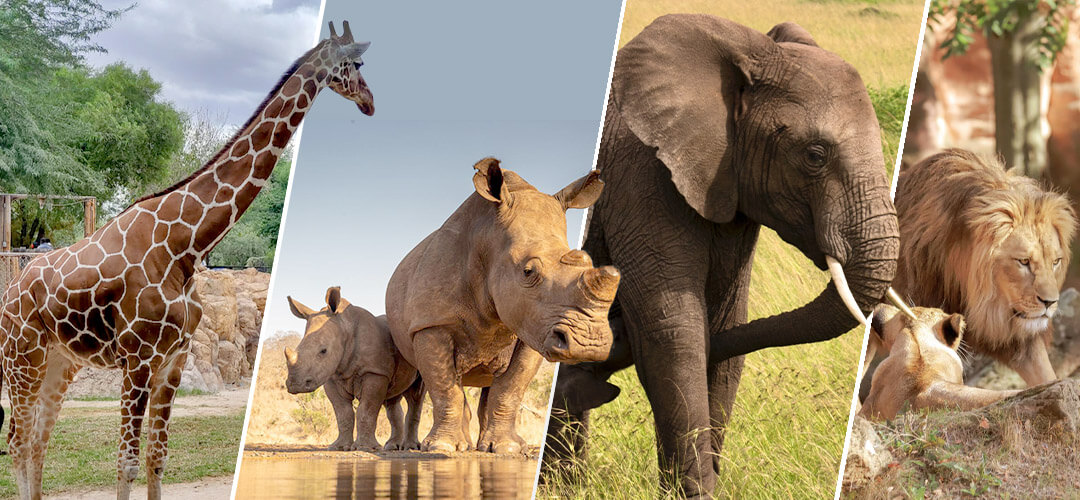
The Public Zoo Industry Today:
Now, zoos have developed “zooscaping,” an interconnected system of rooms or large spaces where the animals roam freely within their natural habitat.
As technology has advanced, so has the zoo industry and customer experience. Adding new technologies such as virtual reality is helping visitors experience their favorite animals in new ways while boosting engagement and revenue for zoos and aquariums worldwide. These innovative applications make animal encounters personal, personalized experiences for all zoo guests, including those with disabilities who might be using therapeutic apps to connect with an environment that they can’t always get from traditional facilities – providing meaningful and memorable experiences at an affordable price point.
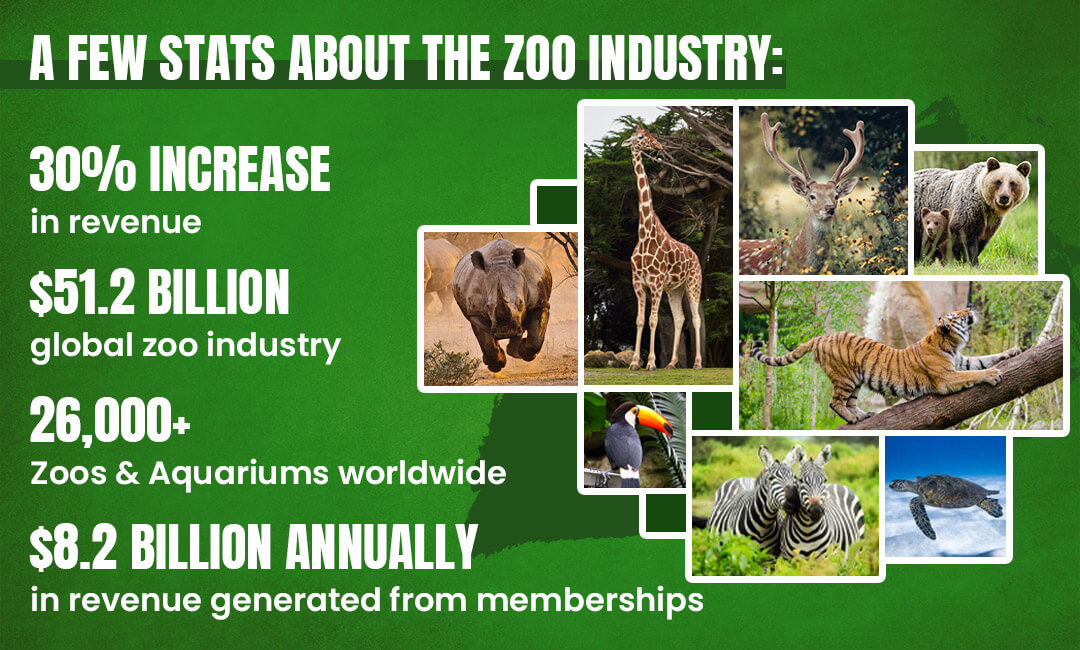
Technology Advancements that disrupted the Zoo Industry:
With the implementation of advanced technology, these zoos can create more human contact with their animals, interact on a deeper level with guests looking to find out more about their favorite animals through educational content and apps, and generally increase transparency between visitors and zoo animals so animal caretakers can perform better at their jobs.
Artificial Intelligence & IoT:
There are already many different artificial intelligence applications, which is the same technology used by Apple’s Siri to work. Vast amounts of data are being collected and analyzed each day, which can be used to make significant advancements in zoo care.
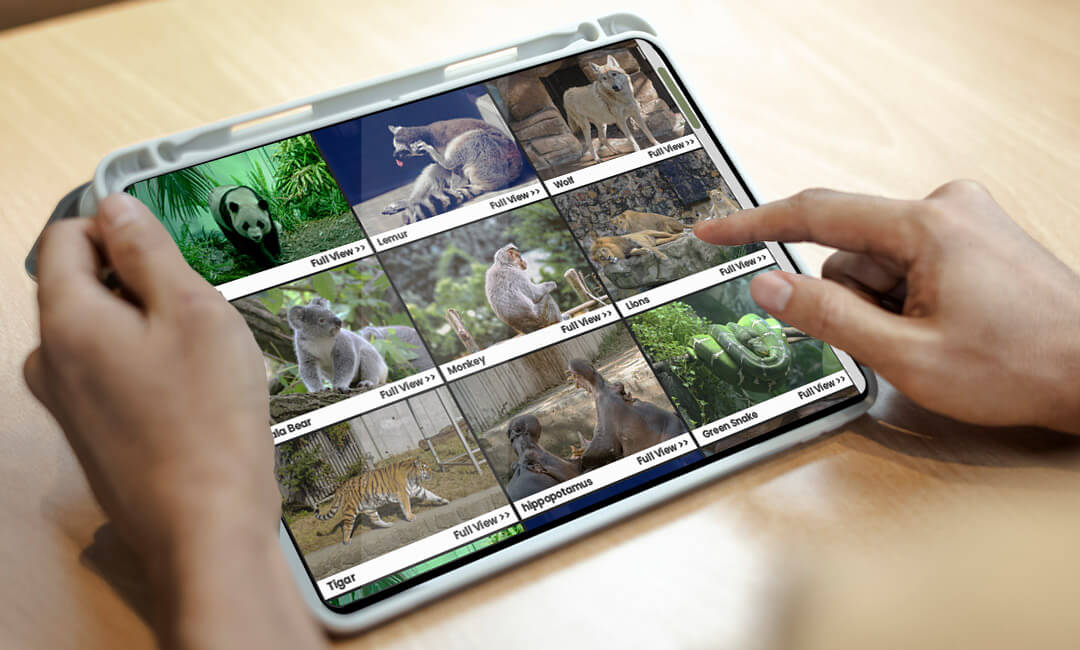
Zookeepers can also use IoT (Internet of things) devices to track a wide range of information, including what’s happening in an animal’s habitat. They can use all this information to make significant improvements in their exhibits and habitats.
A fine example of using these technologies is below:
iBeacons:
The San Diego Zoo uses iBeacons to let their visitors and app users know when they’re near animal habitats or attractions. The zoo will use the beacons to send push notifications to their visitors’ smartphones about special events happening nearby. These beacons will also alert customers when they’ve reached a point of interest and recommend additional sights and experiences.
How zoos can enhance audience engagement by sending notifications
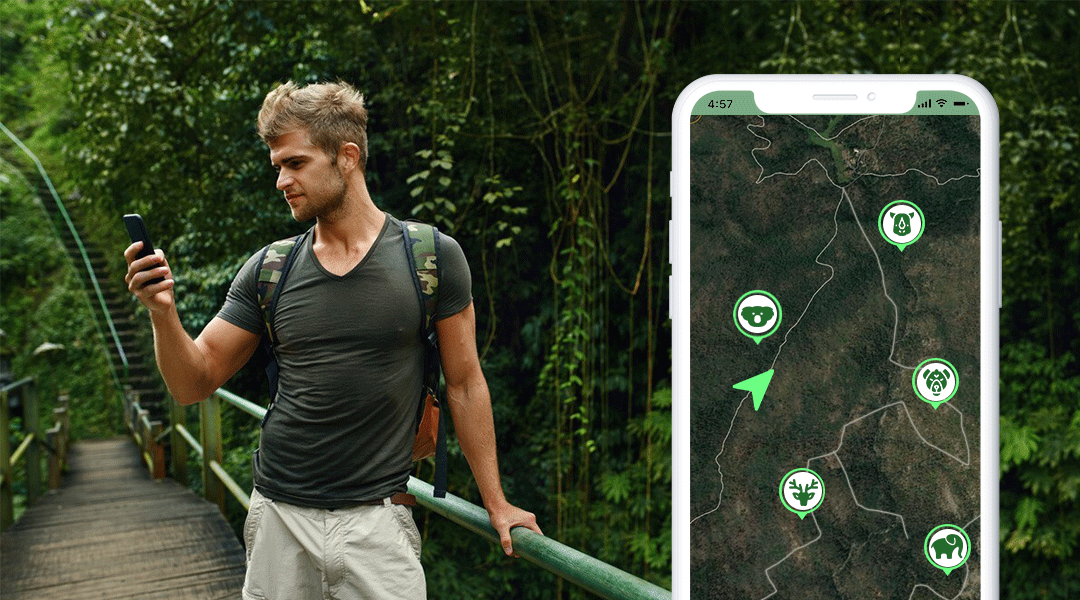
Zookeepers have always had to face the problem of communicating with visitors, both in zoos and in wildlife parks. This may become no easy task for two main reasons: people are often busy taking photographs and may be far away from the keeper. The introduction of iBeacons has revolutionized this entire practice by enabling zookeepers to send push notifications to users.
By creating an app capable of recognizing their beacons, zookeepers can now target a specific group of people (e.g., visitors who have paid for a specific type of tour or event). From there, they can send live messages to those particular visitors to tell them about important information such as special feeding times, weather alerts, or animal births.
Weather:
Many zoos using apps also look at the weather to show what the weather is like on the day you’re visiting. This is being done by either having a phone app or an app installed on some indoor displays to show you what the weather is like outside.
Motion Sensors:
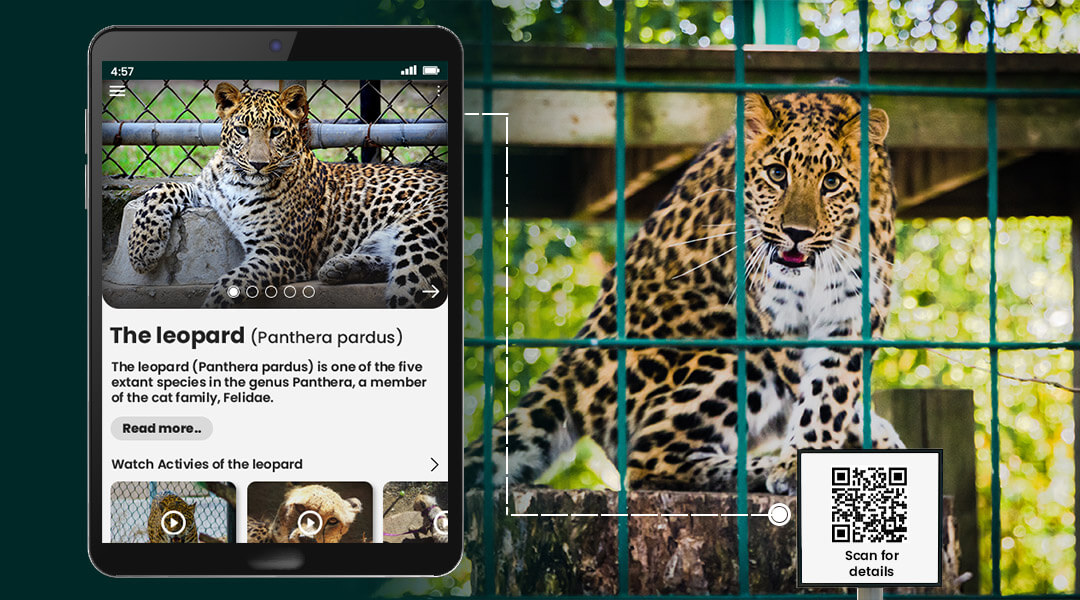
Many zoos are now installing motion sensors into their exhibits so that when visitors enter, they’ll automatically go to a video screen with information about that animal. You get an example of this at the Singapore Zoo, where when you walk up to one of their lion habitats, it will automatically start playing footage of lions and explaining about them.
Animal Tracking Through 3D:
Google Earth allows users to scroll through several different habitats worldwide while viewing animals in 3D in real-time. This provides an immersing experience that will enable visitors to feel like they’re right there with the animals, which can help attract more traffic into zoos.
Virtual Reality:

There have been plenty of advances in Virtual Reality devices, including Google Cardboard headsets and the Samsung Galaxy Note 4. These headsets use your smartphone as part of the VR experience, making it easy for zoos to immerse visitors into their attractions.
Wearables:
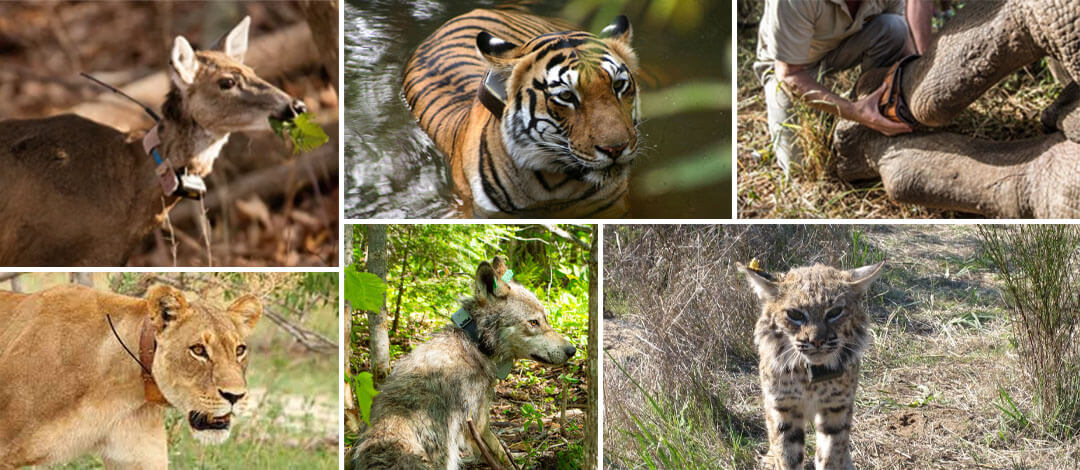
Wearable technology is also being used to track animal behavior, allowing people to see how their favorite animals act in a day-to-day setting. For example, the Smithsonian National Zoo has installed a wearable camera on an orangutan named Rocky, which viewers can watch his every move.
Augmented Reality:

Augmented Reality is a form of computer-generated imagery or virtual reality that we can experience in real life. It has been used for years in video games, but more recently, it has been developed for enterprise and education. It is also being used to help project animals into the environment of busy metropolitan zoos and wildlife parks.
AR can offer zoo’s invaluable opportunities to experience their animals in an entertaining and exciting new way. They can allow visitors to interact with the animals, giving them more options than ever before. This change has the potential to revolutionize their visitor experience by attracting guests and boosting customer satisfaction.
It involves the use of three-dimensional computer graphics and video to create an image that appears to be real, but which can be manipulated by the user. This manipulation could result in the creation of synthetic environments, such as for training and simulation. Augmented Reality is changing the way we play, learn, and work, leading to the creation of a more connected world.
Conclusion:
There is no doubt that technology has changed the way people engage with zoos. In the past, engagement was limited to zoos and wildlife parks. However, today it is no longer the case.
Using a combination of devices and websites readily available to customers, zoos can now give customers a whole new experience using these Wearable and Virtual Reality technologies. The zoo industry is bound to change with the emergence of new technology and the increased accessibility of information.
This is due in part to the changing interests of young people. Zoo professionals must stay up-to-date with trends and follow emerging technologies to gain a competitive advantage in this changing market.
Today, many teenagers opt for alternative hangouts like coffee shops and shopping malls over zoos or even aquariums. This means that zoos will need to foster a sense of wonder to keep that same curious and adventurous spirit alive in their visitors. To do so, zoos will need to focus on customer experience, a trend likely to gain further traction because consumers demand it not simply for themselves but also for their children.
How Auxano Global Services can help you implement the technology to enhance the customer experience in the zoo?
Auxano Global Services is a leading service provider of Artificial Intelligence solutions and technologies.
We have helped some of the largest companies in the world to develop their Artificial Intelligence-based IT solutions.
Our products are built on components like open AI platforms and machine learning libraries that can help your zoo improve its systems quickly. We offer an array of artificial intelligence and other technology solutions such as chatbots, video analytics, voice recognition, tracking, recommendation systems, machine learning models, cognitive services, and many more.
Our company is ethical and solves all kinds of business challenges using cutting-edge AI technologies. To know more contact us and let our experts solve your queries.
Frequently Asked Questions
-
1. How can technology advancements help in the Zoo Industry?
In recent years, there has been an immense increase in the new innovations and inventions that can be used in zoos. Some of these include things like air conditioning, refrigeration systems, UV lamps to kill germs and bacteria on surfaces, etc.
A more futuristic invention is robots that could even help care for animals or monitor their health. The possibilities are nearly endless and will likely help people much better with the struggle of managing both animals and humans everywhere from a zoo.
-
2. How can Auxano Global Services help you in developing technology solutions for the zoo?
The zoo industry is one such industry that is heavily dependent on technology, and it needs you to solve the problems of animals in zoos as they are not considered humans. There are several things that need to be fixed in terms of the animals and the zoo itself by using virtual reality technology. It could help you create more realistic environments for animals in zoos.
You need to create a technology that is based on the science of virtual reality. It will enable you to ensure that every animal has what it needs, including heat for the winter and coolness during the summer season. This will help you create the environment we are used to in living creatures such as dogs and cats. It is mainly about food, water, temperature, oxygen, safety, etc.
Hence, Auxano Global services can be your technology partner that can woo away your worries by offering unique software development solutions.

![How Advanced Technologies Can Help Zoo's In Enhancing Customer Experience? [2021]](https://www.auxanoglobalservices.com/agsresources/wp-content/uploads/2021/07/banner.webp)

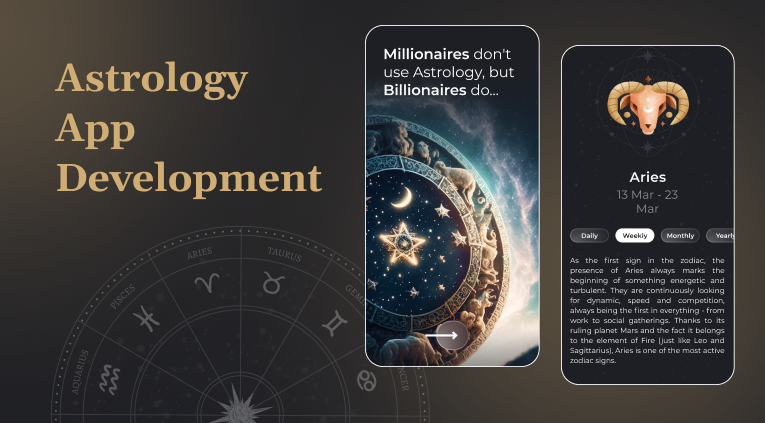
![Angular Vs. Rеact: What to Choose For Your Blockchain App? [2024]](https://www.auxanoglobalservices.com/agsresources/wp-content/uploads/2023/11/Front.png)
